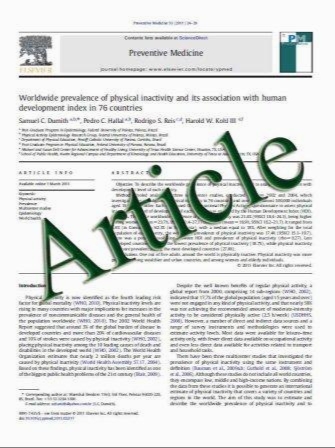In PSC with Colitis Treated with UDCA, Most Colonic Carcinomas Develop in the First Years After the Start of Treatment
- نوع فایل : کتاب
- زبان : انگلیسی
- مؤلف : G. Rudolph D. N. Gotthardt P. Kloeters-Plachky H. Kulaksiz P. Schirmacher A. Stiehl
- چاپ و سال / کشور: 2011
Description
Background Patients with PSC and IBD have a high incidence of colonic carcinomas (CRC), and the annual incidence of CRC increases with duration of disease. UDCA treatment has been suggested to reduce colonic dysplasias and carcinomas. Aims The annual incidence of colorectal carcinomas after long-term UDCA treatment was studied. Methods Patients included in a prospective study on the outcome after ursodeoxycholic acid (UDCA) treatment were evaluated. Results A total of 120 of 171 PSC patients included had IBD (108 UC and 12 CD). All patients were treated with UDCA for a median time of 6.7 years. Seven patients with PSC and IBD developed a CRC yielding a prevalence of 5.8%. In years 0–3 (n = 120) after the start of UDCA, the annual incidence rate of CRC was 0.62/100 patient years; in years 3–6 (n = 93) it increased to 1.28 and decreased thereafter in years 6–9 (n = 67) to 1.17, then in years 9–12 (n = 42) to 0 and after[12 years (n = 24) it remained 0. In PSC with IBD, Kaplan–Meier estimate of CRC formation increased with time in the first years of treatment and reached a plateau after 9 years; after treatment for C9 years, no further CRC were observed. Conclusion After the start of UDCA, the annual incidence of CRC increased up to 6 years and subsequently decreased. In PSC with IBD treated with UDCA, most colonic carcinomas develop in the first years after the start of treatment.
Dig Dis Sci DOI 10.1007/s10620-011-1763-2 Received: 8 March 2011 / Accepted: 18 May 2011


